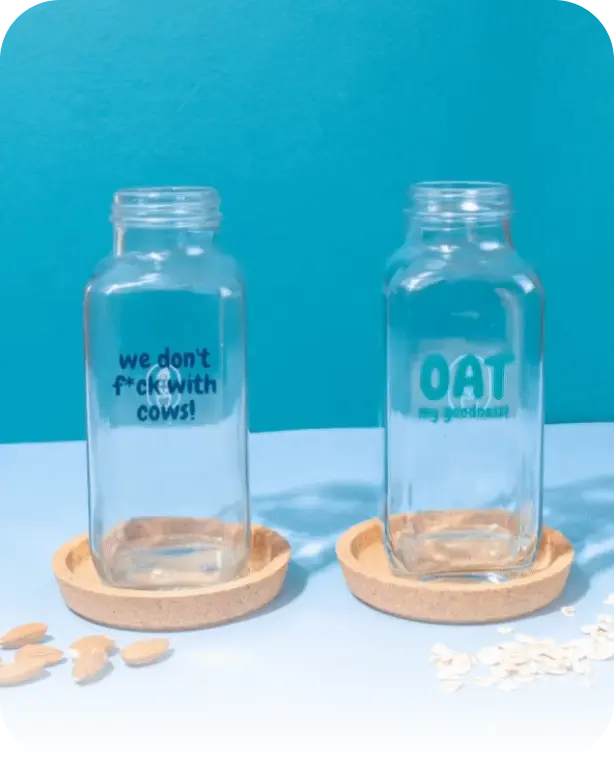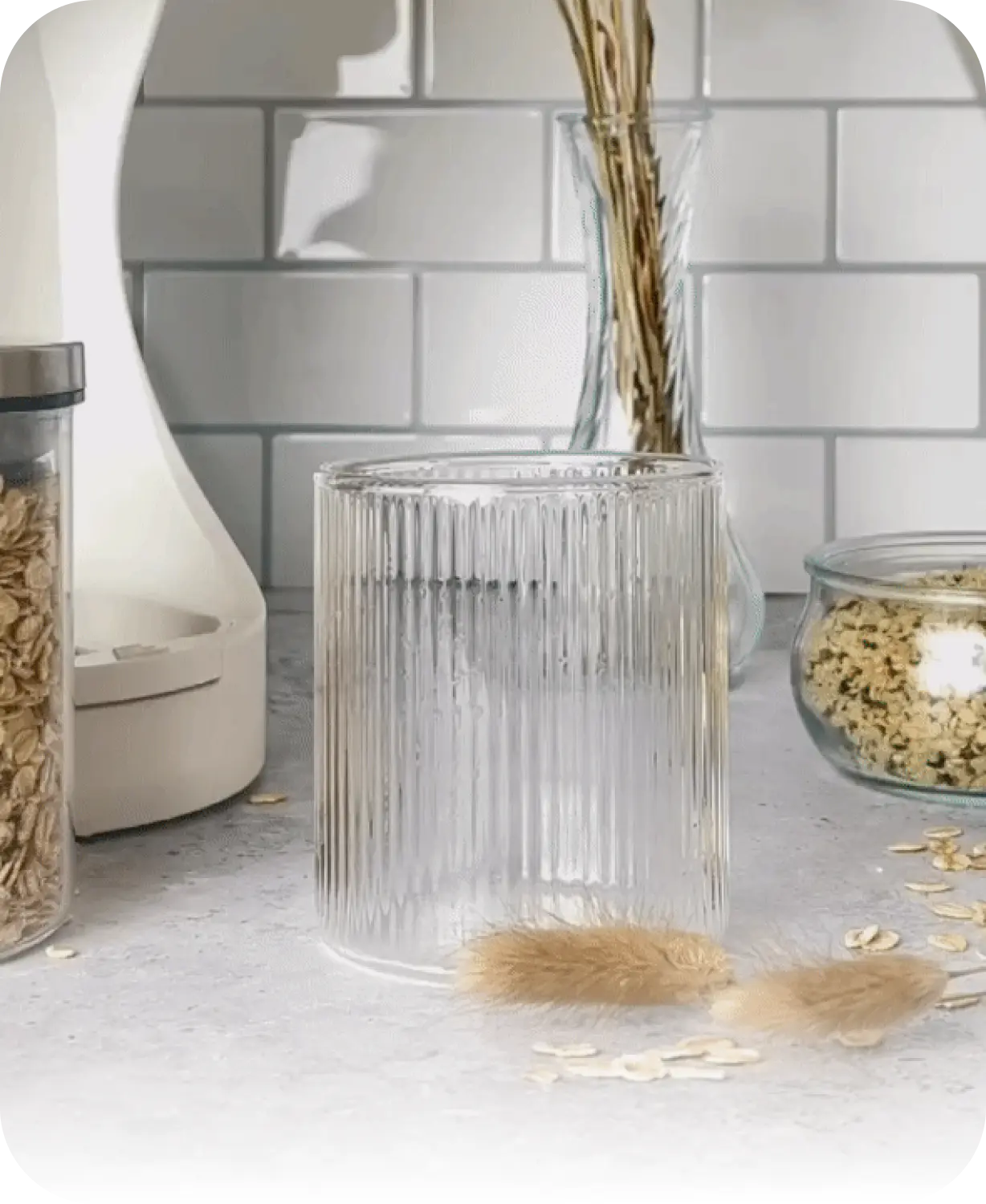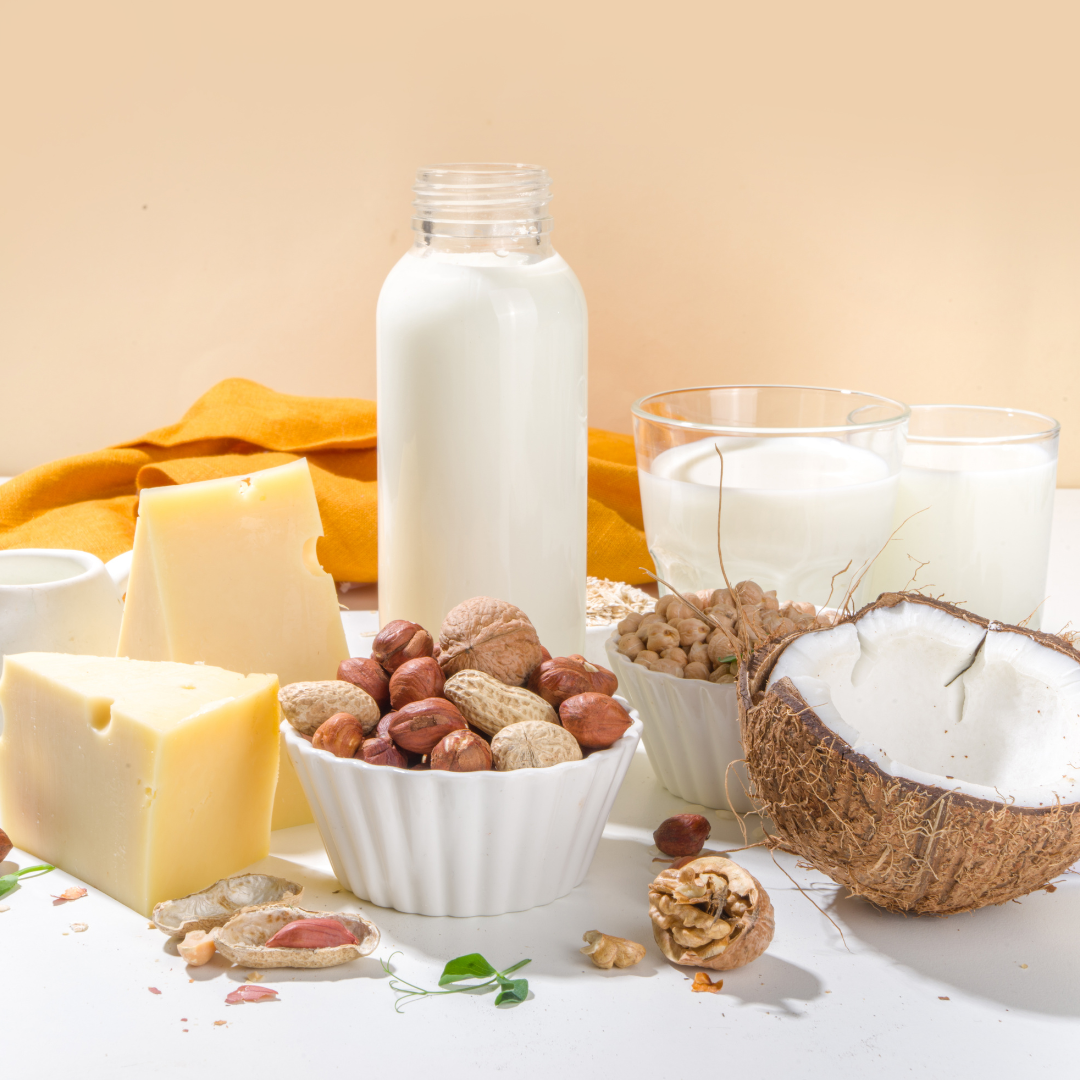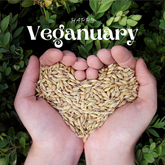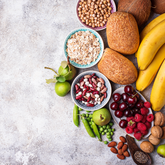Are you a cheese lover looking to explore the world of plant-based alternatives? Or perhaps you're on a journey towards a more sustainable lifestyle and want to reduce your consumption of dairy products? Whatever your motivation, making plant-based cheese at home can be a rewarding and delicious endeavor. In this blog, we'll delve into the art of crafting your own plant-based cheese, incorporating homemade plant milk into the process for added creaminess and flavor. Plus, we'll touch on the importance of making your plant-based cheese and milk at home for both health and environmental reasons.
Getting Started: Ingredients and Equipment
Before we dive into the cheese-making process, let's talk about what you'll need. The beauty of plant-based cheese is its versatility—there are countless ingredients you can use to achieve different flavors and textures. Some common ingredients include nuts (such as cashews, almonds, and macadamias), seeds (like sunflower or hemp seeds), and even vegetables (such as potatoes, carrots, or cauliflower). You'll also need flavor enhancers like nutritional yeast, lemon juice, garlic, and herbs.
Incorporating homemade plant milk into the cheese-making process adds creaminess and richness to the final product. You can use any plant milk of your choice, such as almond, soy, or oat milk. Making your plant milk at home ensures freshness and allows you to control the ingredients and avoid packaging waste.
In terms of equipment, a high-speed blender or food processor is essential for creating a smooth, creamy texture. You'll also need cheesecloth or a nut milk bag for straining, as well as molds or containers for shaping the cheese.
The Cheese-Making Process
- Soaking: Many plant-based cheese recipes start with soaking your base ingredients (such as nuts or seeds) to soften them and make them easier to blend. Soaking times can vary depending on the ingredient, so be sure to follow your recipe's instructions.
- Blending: Once your ingredients are soaked, it's time to blend them into a creamy mixture. Add your flavorings and seasonings at this stage to customize the taste of your cheese. To add plant milk, substitute a portion of the water with homemade plant milk for added creaminess. Blend until smooth and creamy, adjusting the consistency as needed.
- Straining: To achieve a cheese-like texture, you'll need to strain your blended mixture to remove any excess liquid. Line a strainer with cheesecloth or a nut milk bag and pour the mixture through, pressing gently to extract the liquid.
- Shaping and Aging: Depending on the type of cheese you're making, you may choose to shape it into rounds, blocks, or even spreadable varieties. Some cheeses benefit from aging to develop flavor and texture, while others can be enjoyed fresh.
Now, you might be wondering, why bother making plant-based cheese at home when there are so many options available in stores? Well, there are several compelling reasons:
- Control Over Ingredients: By making your plant-based cheese at home, you have full control over the ingredients you use. You can choose high-quality organic nuts, seeds, and flavorings, avoiding additives, preservatives, and excessive salt or sugar.
- Customization: Homemade plant-based cheese allows for endless customization. You can experiment with different nuts, seeds, and flavor combinations to create unique cheeses tailored to your taste preferences.
- Health Benefits: Plant-based cheeses made at home tend to be lower in saturated fat and cholesterol compared to their dairy counterparts. Plus, you can avoid common allergens like dairy and soy, making homemade cheese suitable for a wide range of dietary preferences.
- Environmental Impact: By crafting your plant-based cheese at home, you can reduce packaging waste associated with store-bought alternatives. Additionally, making your plant-based milk at home allows you to further minimize waste and environmental impact.
In conclusion, incorporating homemade plant milk into your plant-based cheese-making process adds creaminess and richness while promoting sustainability. With a few simple ingredients and some creativity, you can whip up delicious cheeses that rival their dairy counterparts. Not only does making your plant-based cheese offer control over ingredients and customization, but it also promotes health and environmental stewardship. So why not give it a try? Get creative in the kitchen, experiment with flavors, and enjoy the satisfaction of crafting your own dairy-free delights. Additionally, to make your plant-based milk at home, we suggest using Milky Plant. It is much healthier, easier, and faster, allowing you to have your plant-based milk at the push of a button.




